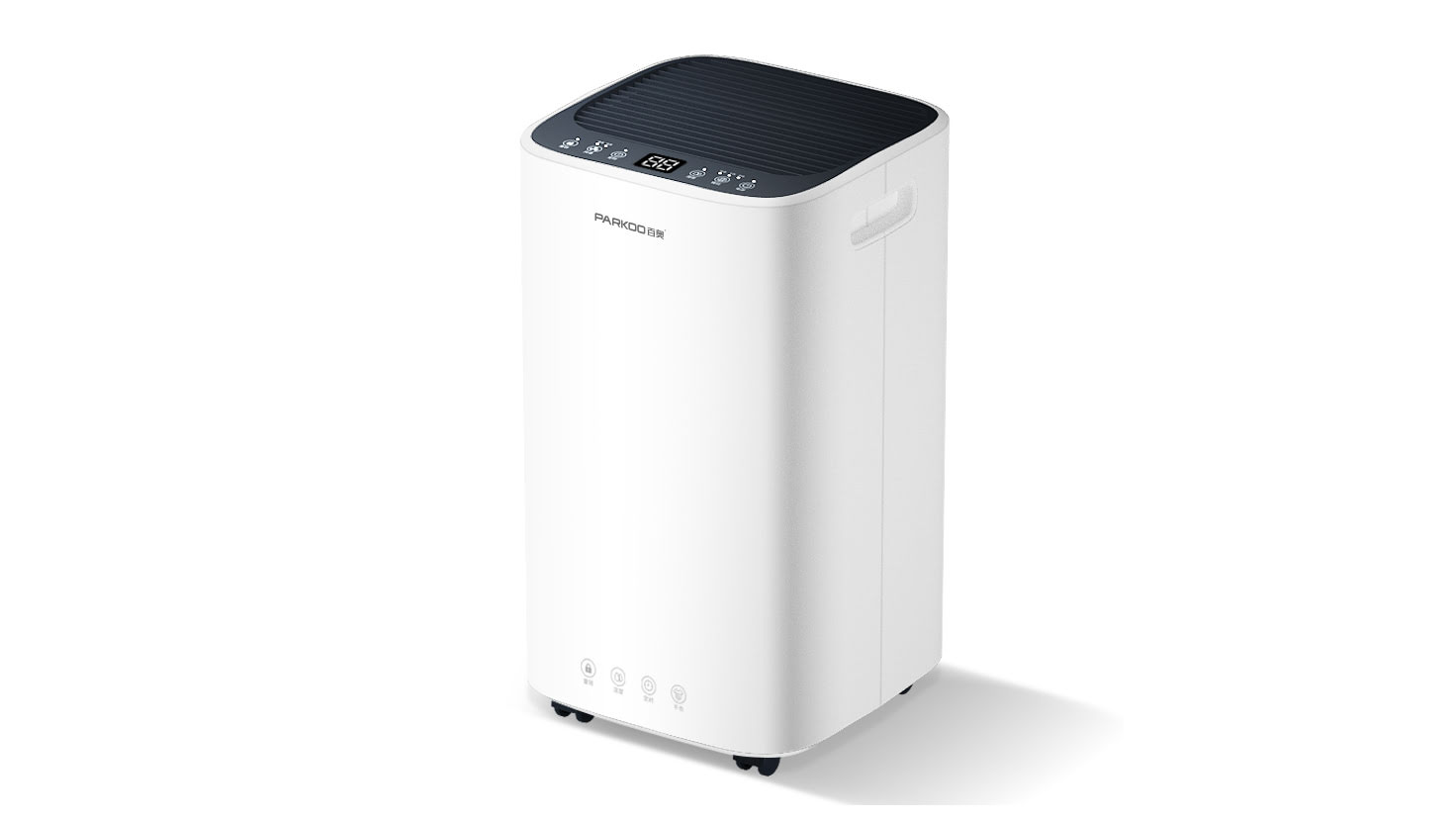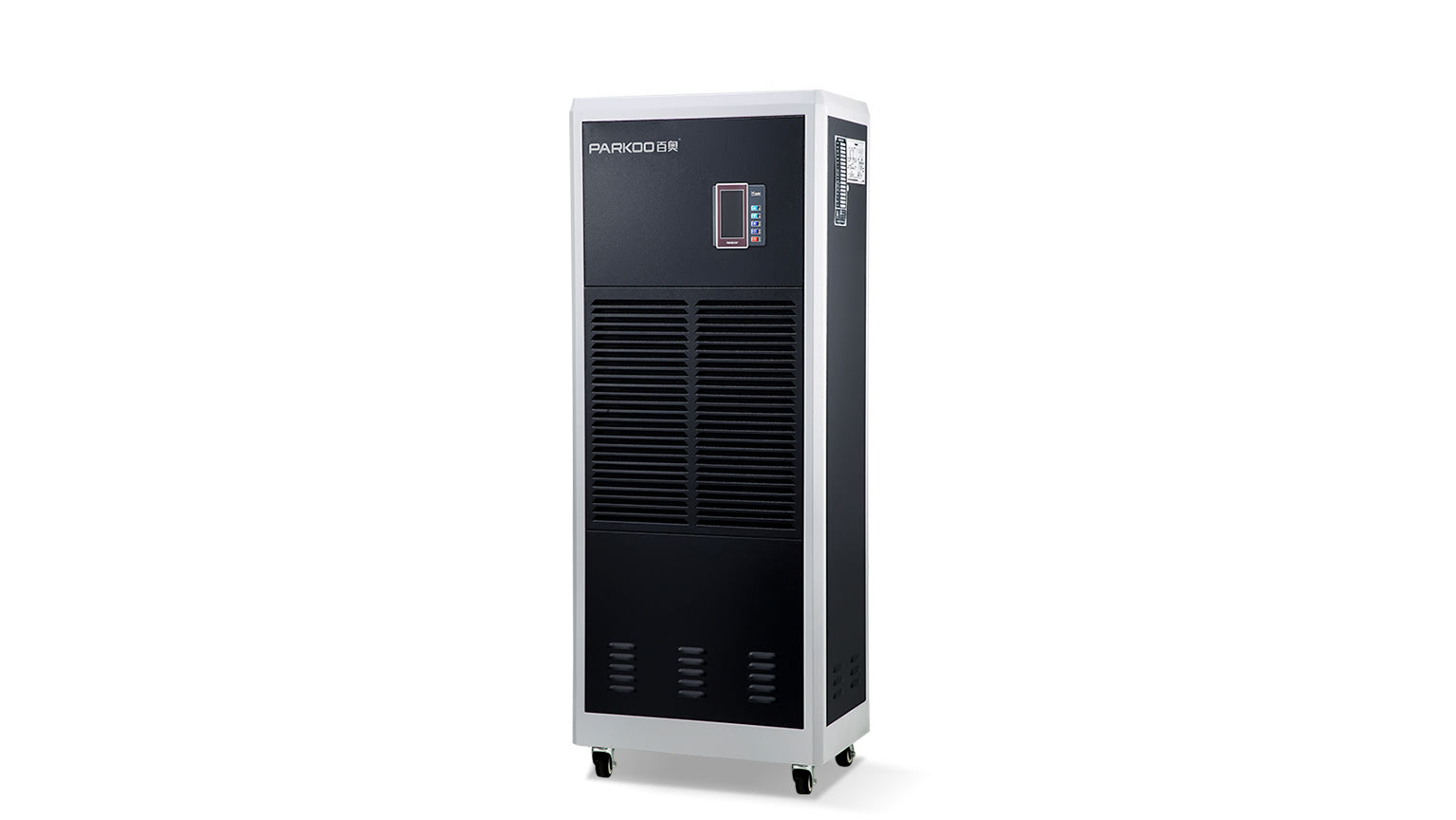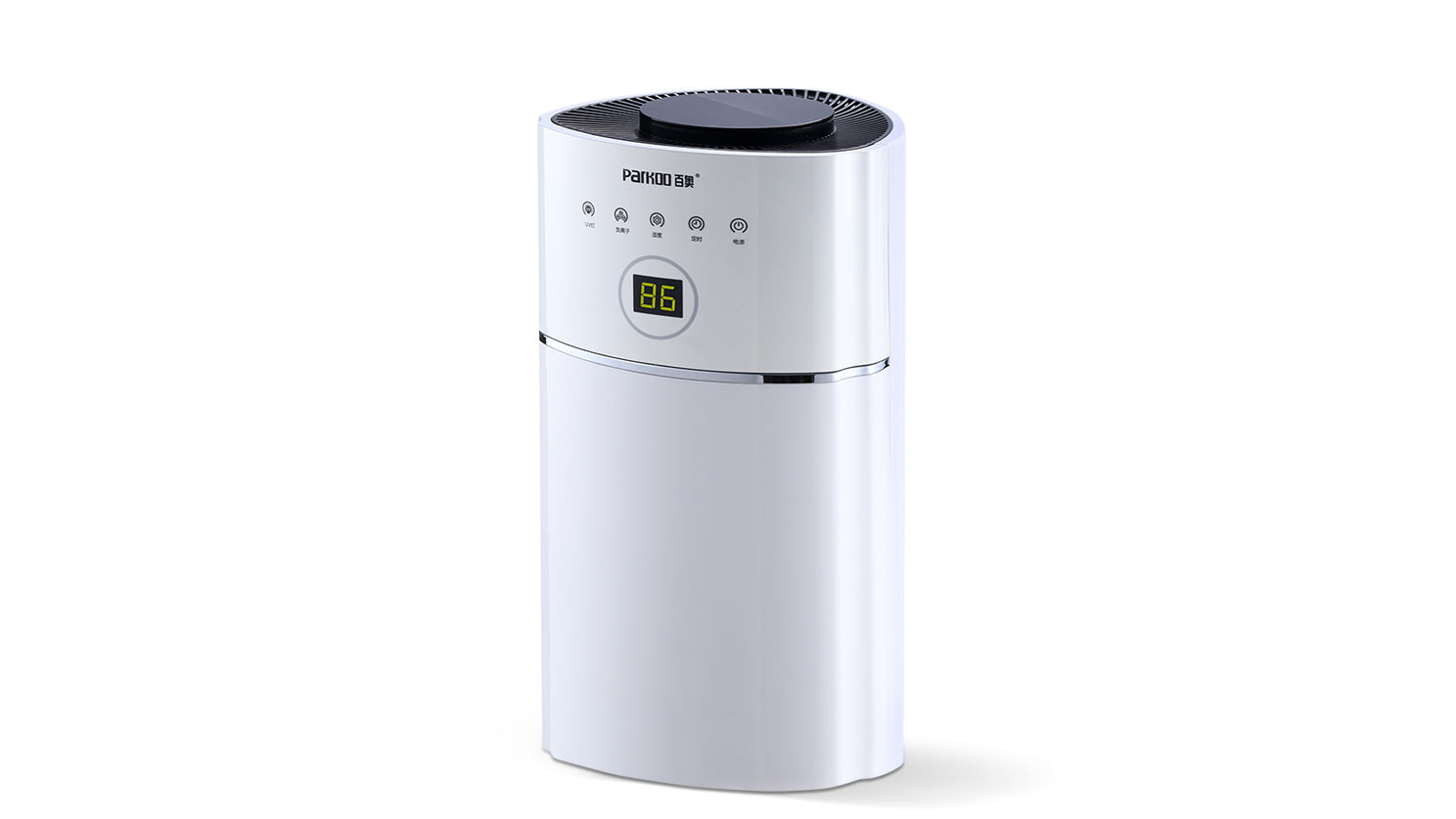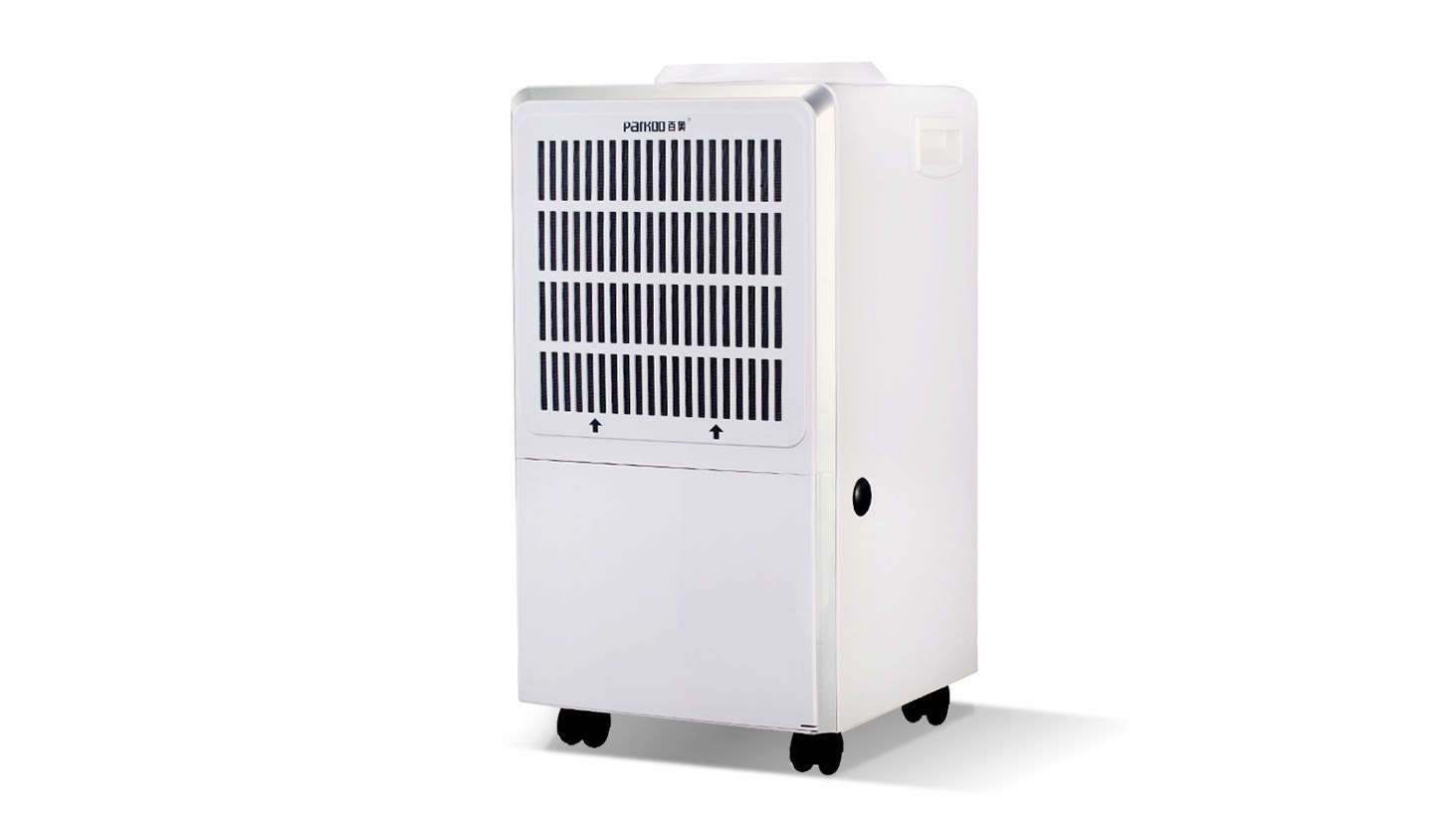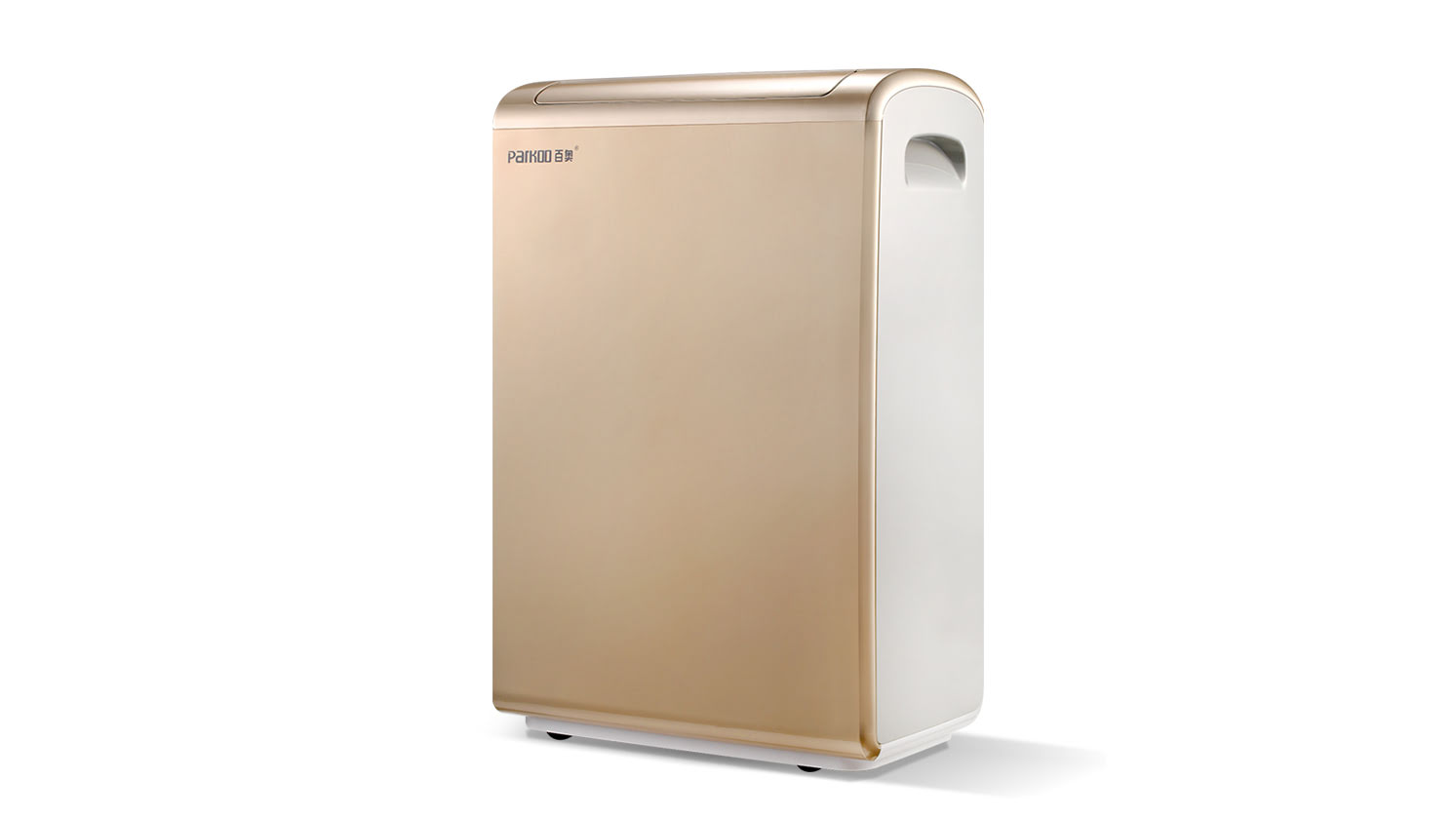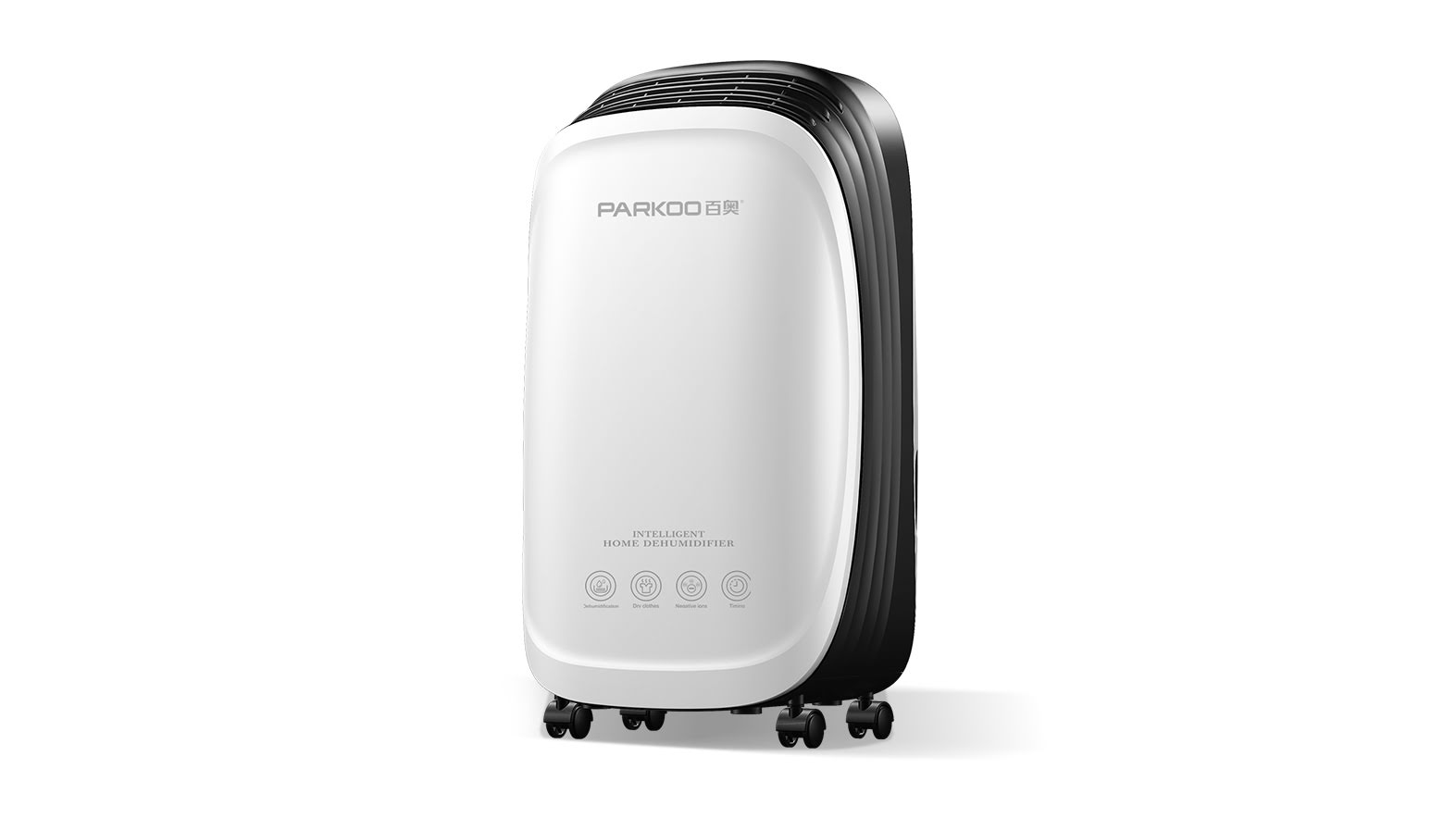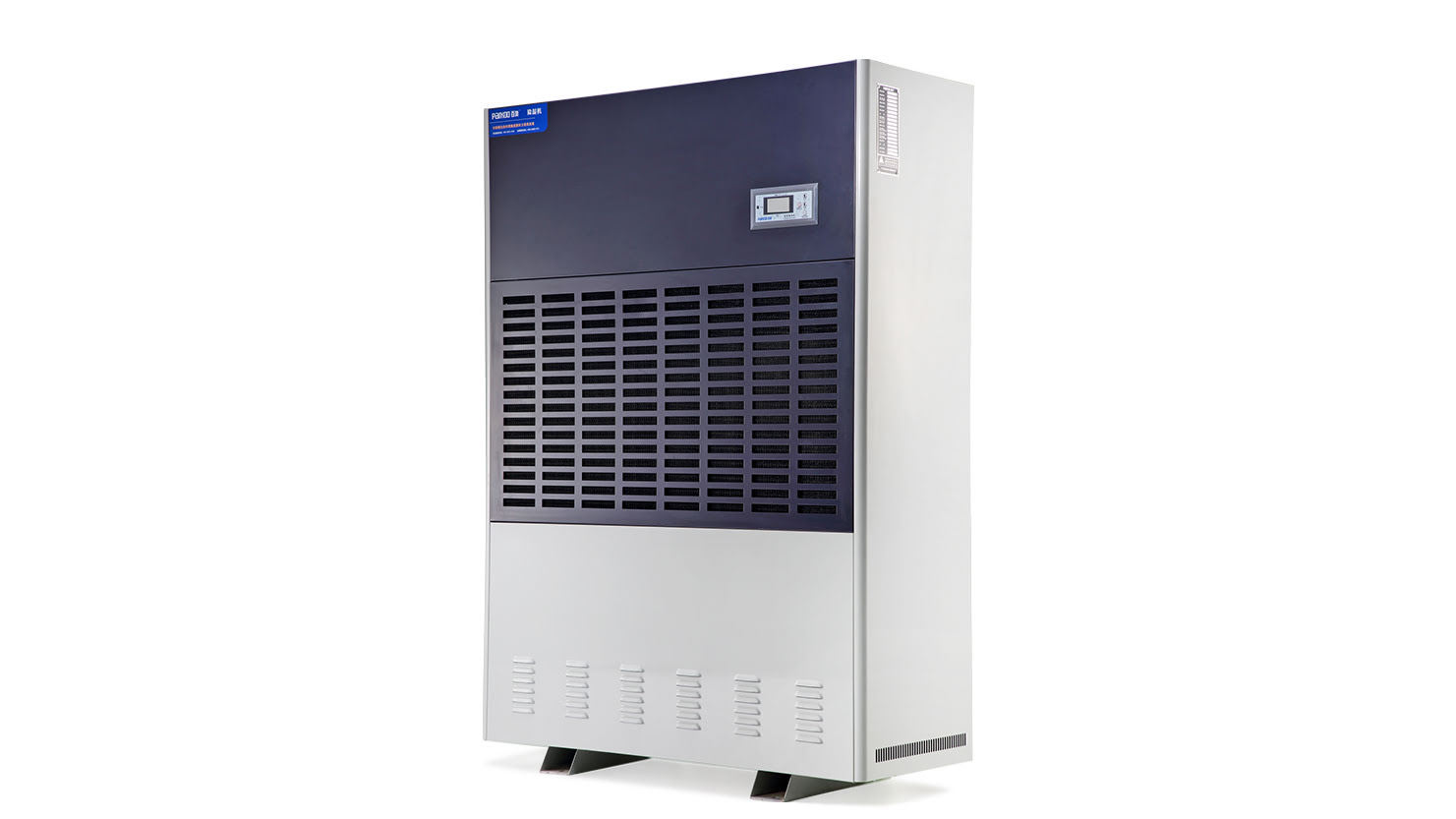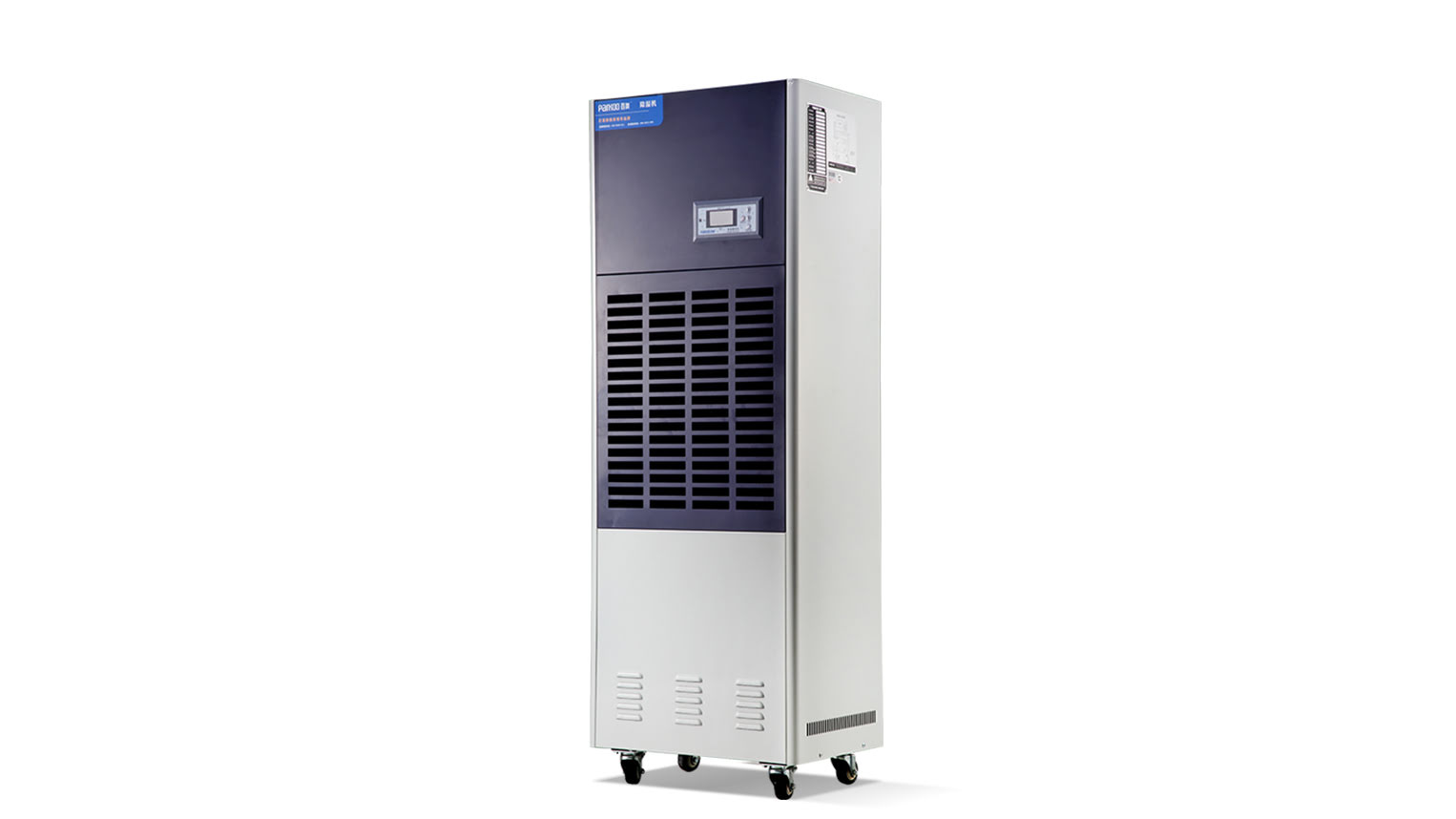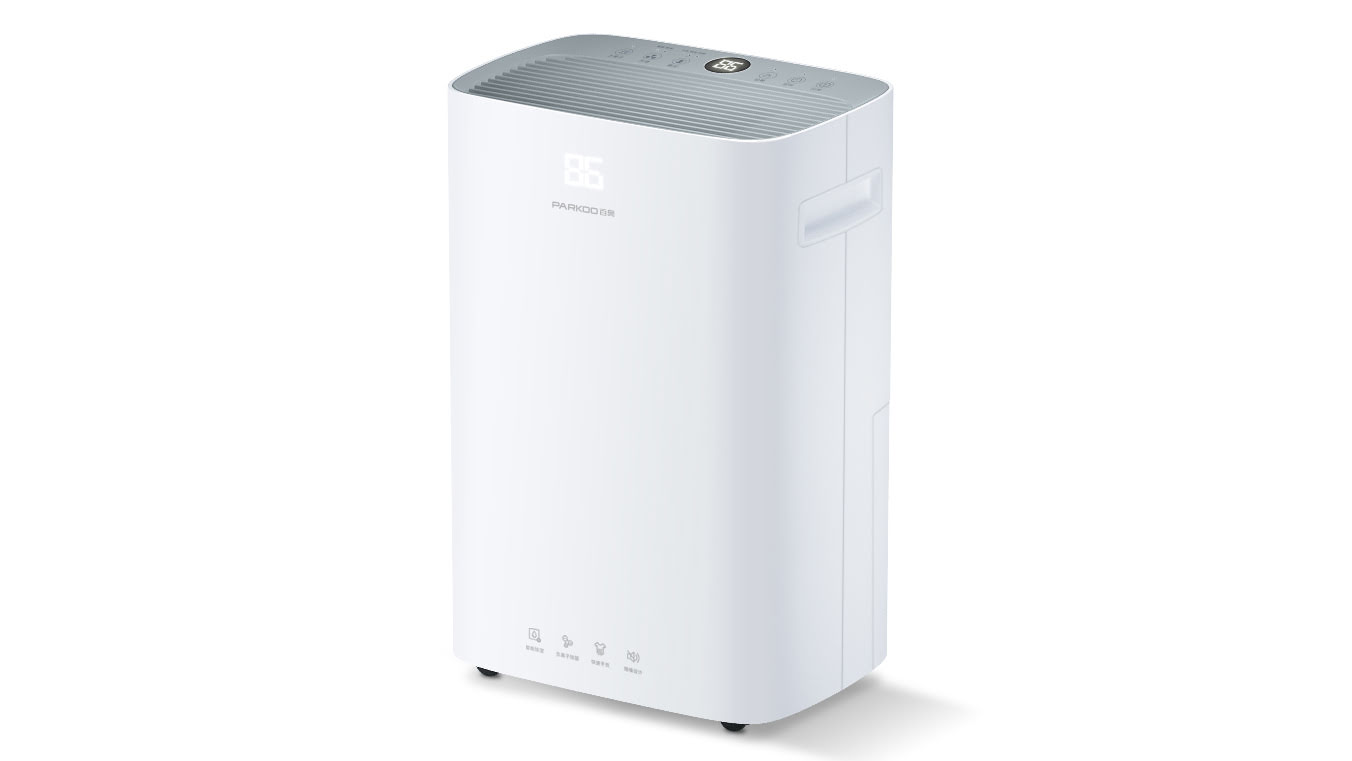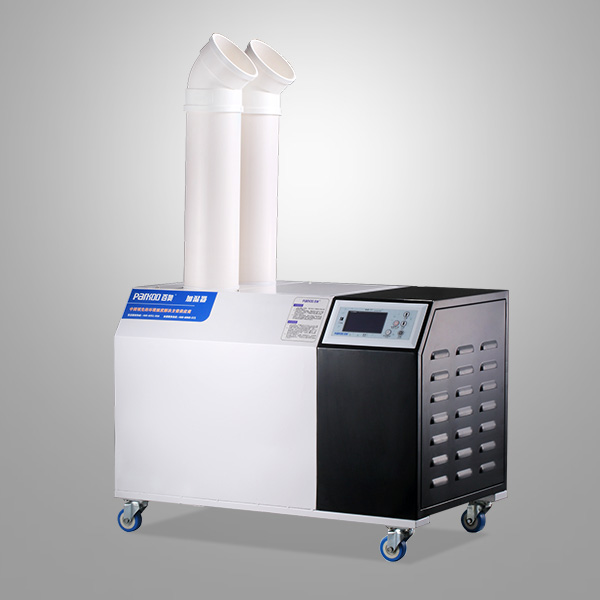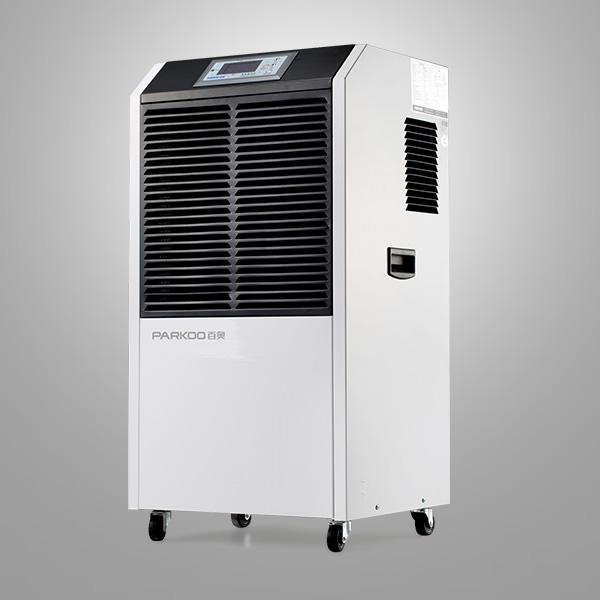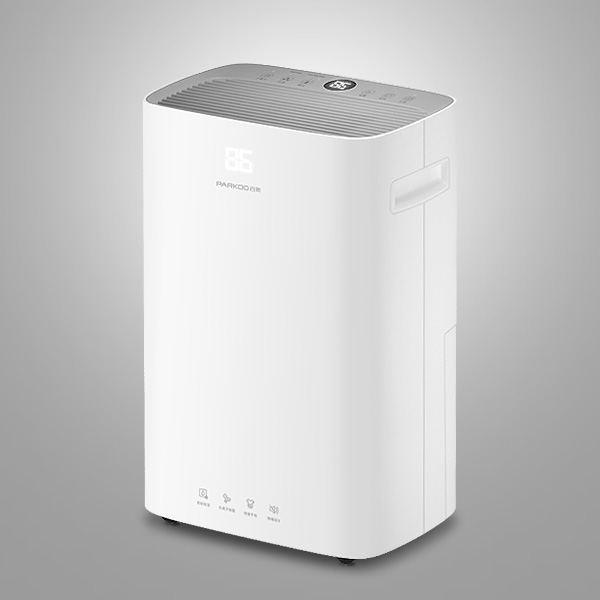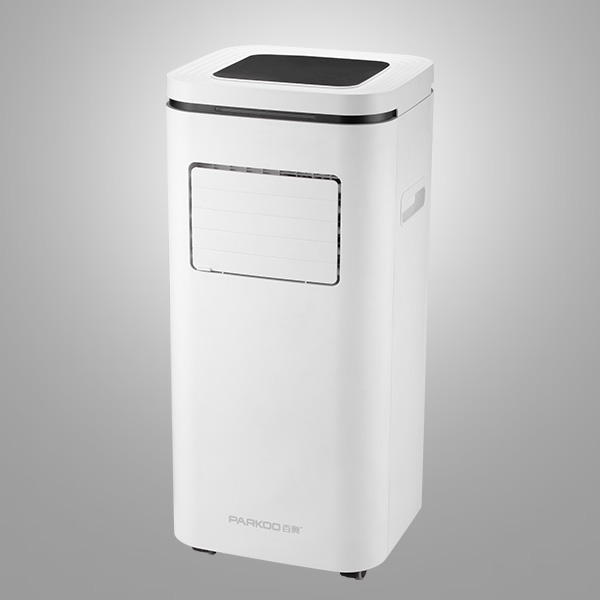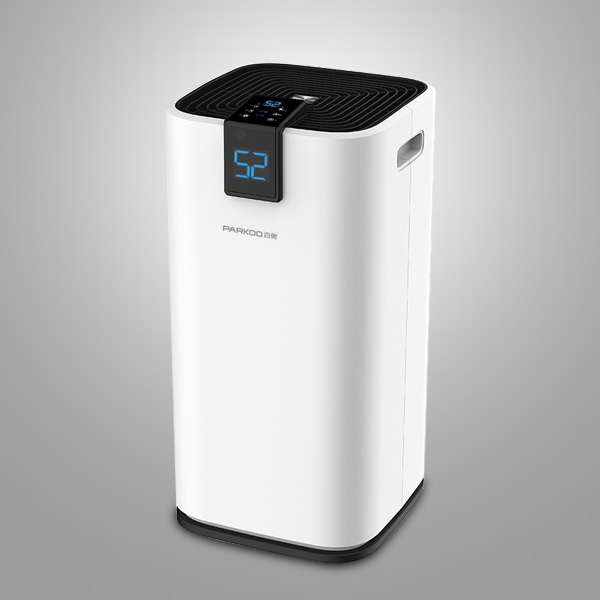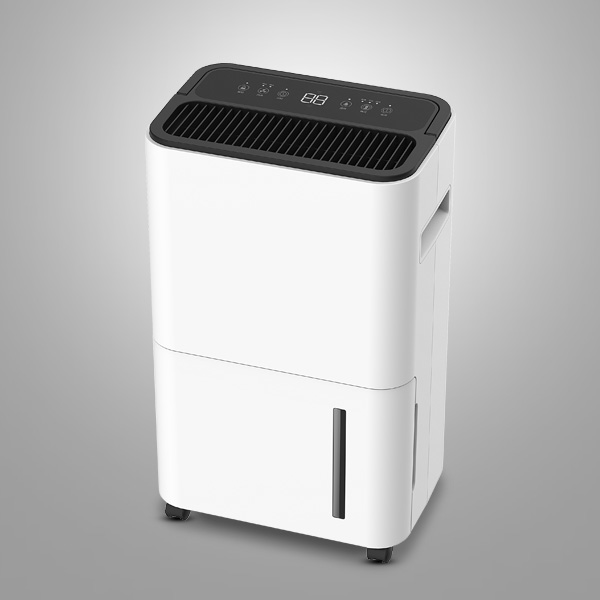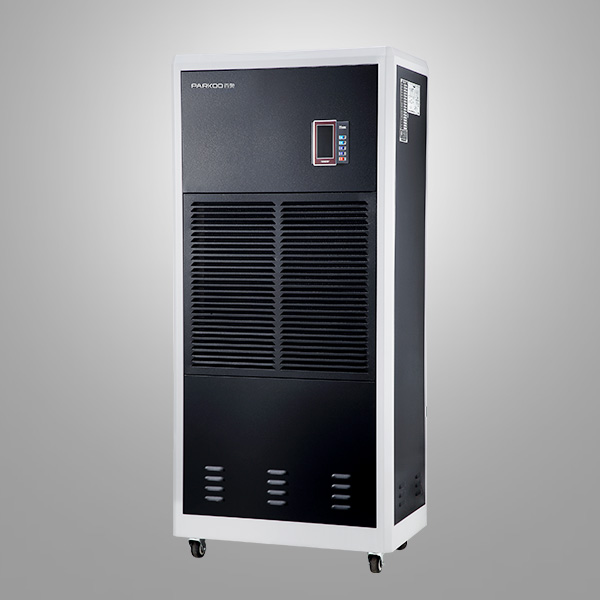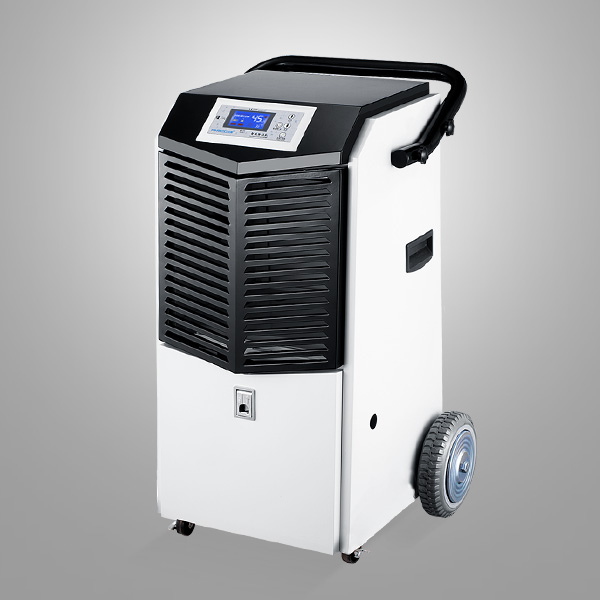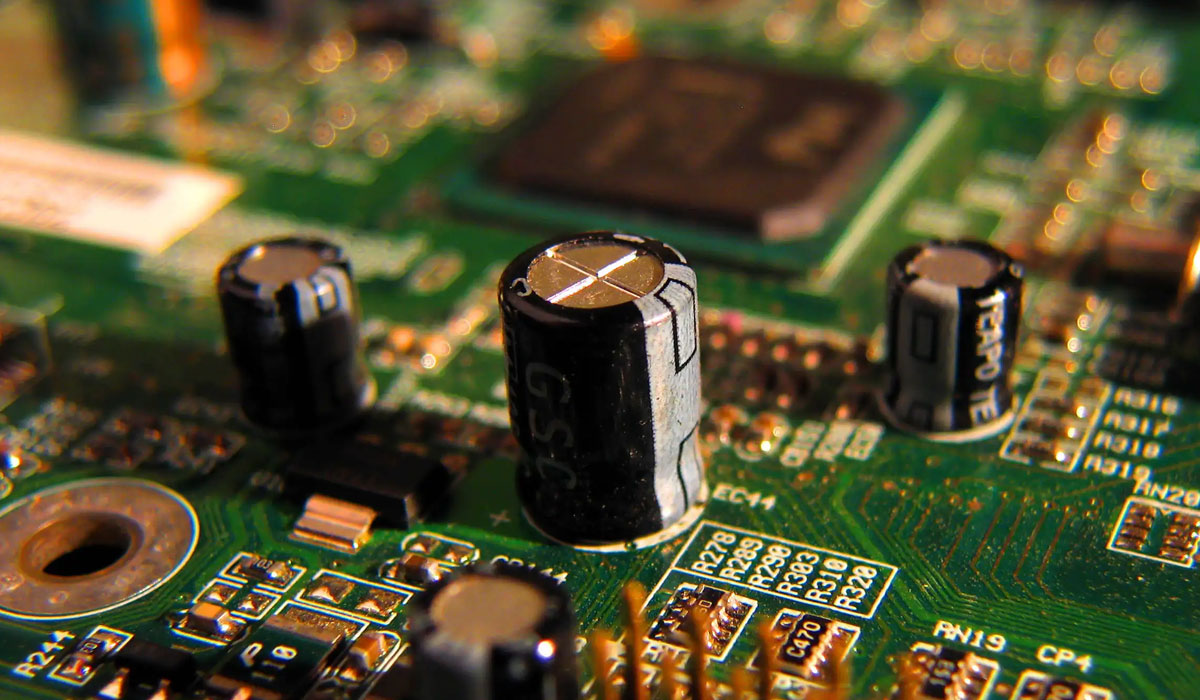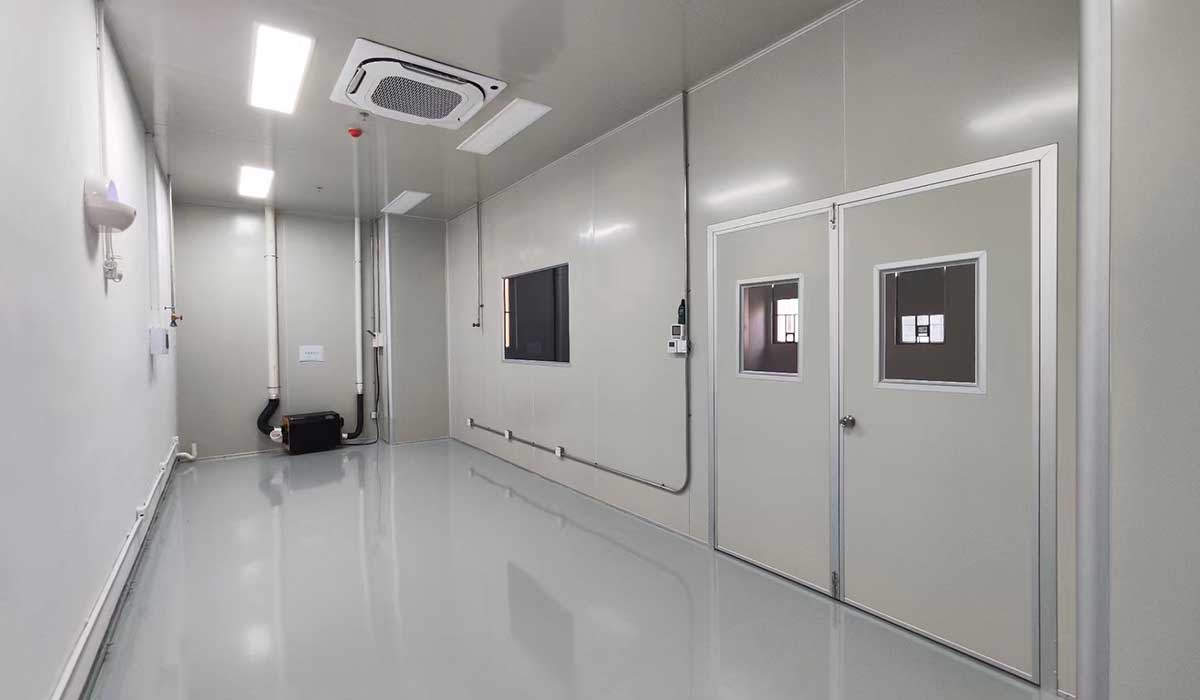You can use a box of tissues to control daytime runny nose. That night, your family cannot tolerate sneezing all night
Or your nose may not be runny, but you may feel dizzy, have a headache, have swollen tongue, palate, and cheeks, and have a loss of appetite
You don't have a cold - you have allergies Does this sound like a day you often experience
Whether you occasionally suffer from seasonal allergies or severe Allergic rhinitis, you may want to know how to alleviate symptoms and increase your daily comfort
Wake up every morning with congestion, coughing or sore throat, ineffective use of anti allergic drugs, and inability to live
If you can do your best to alleviate your allergy symptoms (regularly dust, clean and vacuum, take your pet out of the bedroom, avoid outdoors during allergy seasons, and take appropriate allergy medications), and still cannot defeat your allergies, it may be time for technical assistance
The two most commonly used allergic household appliances are air purifiers and dehumidifiers
These devices can remove allergens from the air in different ways:
Air purifiers capture smoke, pollen, dust mites, and other allergens, and recycle clean air into the room.
On the other hand, the dehumidifier takes water out of the air, making it difficult for mold, mold and dust mite to survive or grow So which one is suitable for you and your allergies? Let's take a look
Determine if you have obtained greater comfort from an air purifier or dehumidifier?
Basically, it boils down to this; Is the humidity in your home higher than 50%? You may (very likely) benefit greatly from dehumidifiers
Has your room reached the recommended humidity level? If there are, then you'd better use an air purifier
Is the air at home really dry? Usually below 40%, the exact percentage depends on the external temperature, so you may want to have a humidifier. When you experience static electricity, Nosebleed, itchy eyes, dry skin and other physical discomfort, you will know that the air is too dry
Difference explanation
Air purifier allergy
If your allergy is vomiting by dust mites, pollen, and pet hair, an air purifier may be helpful. These frequently airborne irritants can be filtered through purifiers, leaving cleaner air to breathe
Advantages:
It can remove allergens suspended in the air The small portable version is convenient and affordable
is an effective site for multimodal allergy control
Disadvantages:
Although air filtration is recommended in medicine for allergic patients, it is not a solution in itself Stimulants such as pet hair and pollen can fall to the floor and stick to furniture, where air purifiers cannot reach When using an air purifier, you still need to take measures to reduce irritation at home, including regular cleaning, vacuuming, and dust removal Air filtration is not immediate - depending on capacity and fan size, most air purifiers require 15-20 minutes to clean the air in a room The humidity and growth/presence of mold, mold, dust mites, etc. cannot be controlled. Strict maintenance, cleaning, and filter replacement are required Some models emit ozone, which may be irritating to the lungs Please remember that if you are allergic to dust mites, you need to know the areas covered by dust mites (mattresses and pillows). Relying solely on air purifiers is not enough
Dehumidifier is used for allergy
If you live in a humid or humid climate, a home Dehumidifier may be helpful. Because mold, mold, dust mites, and other allergens grow rapidly in humid environments
Reducing humidity in the home (especially in basements, sinks, and narrow spaces) may prevent these allergens from thriving
If your home smells moldy and stuffy, or you notice condensation on the window or toilet, Dehumidifier may be a suitable solution
Advantages:
It can restrict growth and cultivate moist allergens
Maintenance is relatively simple and easy
Shortcomings:
It can cause dry conditions that may irritate the nasal tract
The water tank of a small Dehumidifier may be easily full, and the collected water needs to be dumped frequently If your allergic reactions are more susceptible to infection and irritation, and you are unable to properly filter out bacteria, dirt, and allergens from the dry nasal passages, you may actually need to add water to the air at home, taking us to another option - a humidifier
Humidifier allergies
Humidifiers release steam or water mist into the air, which can help soften and moisturize the nasal passages, making the nose comfortable and working normally to prevent infections related to allergies.
Humidifiers have two benefits:1. Breathing in humid air reduces inflammation, which helps alleviate symptoms such as nasal irritation, congestion, and inflammation caused by allergies and side effects of drug treatment Your nasal tissue is more suitable for expelling allergens and irritants, thereby reducing allergic symptoms
Hospitals use humidifiers to help lung patients and other patients who need easier breathing.
Advantages:
It can be beneficial in hot, dry climates or households that are exposed to sunlight for most of the year
It can prevent irritation and infection caused by inhalation of air
Disadvantages:
Control surrounding humidity issues, but do not filter allergen air
By maintaining humidity levels below 50%, allergic symptoms caused by house dust mites can be greatly reduced
Types of Allergic Devices
If you know which device is most suitable for preventing allergies and how it affects your allergic symptoms, now is the time to purchase what type of purifier, dehumidifier, or humidifier to use in your home.
After consulting with a doctor and confirming that this is feasible, here are some guidelines for your reference
Air purifier type
1 HEPA (High Efficiency Particulate Air) filters are made of very fine fibers and can effectively capture 99.97% of particles larger than 0.3 microns. A HEPA filter typically lasts for 2 to 4 years and is typically the most effective air purifier of its own
2 Ionized air filters utilize electric fields and particles with opposite charges, which attach to pollen and dust and fall to the floor or adhere to walls, where they are less likely to be inhaled. However, particles can be recycled into the air
3 An electrostatic air purifier uses charges to attract allergens and deposit them on a filter screen. These devices require cleaning and are usually not as effective as HEPA filters
4 Activated carbon air purifiers use carbon filters to capture pollutants without releasing them back into the air. They are the most effective in capturing smoke, odors, and chemical emissions, but their effectiveness in capturing allergens is poor
The ultraviolet air purifier uses ultraviolet light to destroy bacteria and viruses. The most effective ultraviolet purifier for allergic patients is also one with built-in HEPA or carbon filters, as ultraviolet rays themselves cannot effectively destroy allergens
Ozone air purifiers generate ozone to reduce odor and freshen air, but cannot filter dust or pollen unless they are used in conjunction with an ionizer or filter. Ozone is a lung irritant that can cause other health problems
The best air purifier for allergies and asthma, activated carbon and HEPA filters, enabling them to remove various pollutants, including gases, particles, and chemicals For most households, devices that combine several filtering technologies are the most effective choice The key is to create balance at the ideal relative humidity at home
Low relative humidity makes it difficult for mold and dust mites to survive, which can reduce indoor air pollution Higher humidity levels can make your nasal and laryngeal respiratory tissues feel more comfortable
Ensure that the relative humidity at home is between 40% and 48%. This can reduce the number of dust mite colonies while generating relatively moist air, providing comfortable breathing and preventing dry skin
In order to understand the humidity of the home, you can use a Hygrometer. Many Dehumidifier or humidifiers are equipped with Hygrometer
